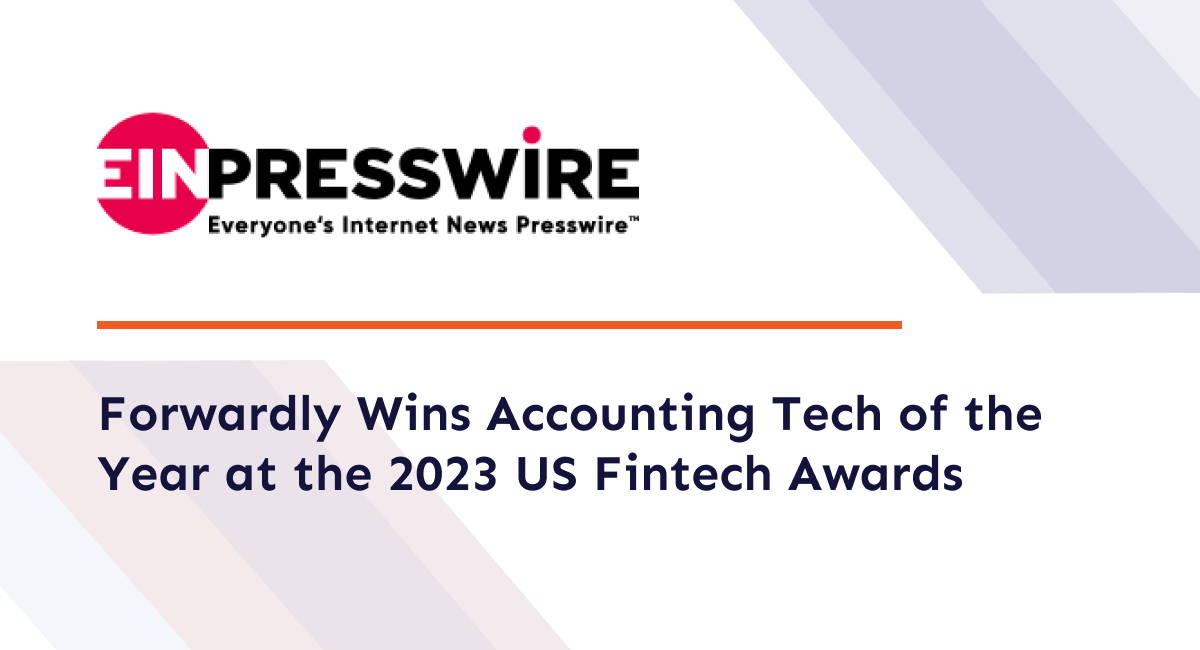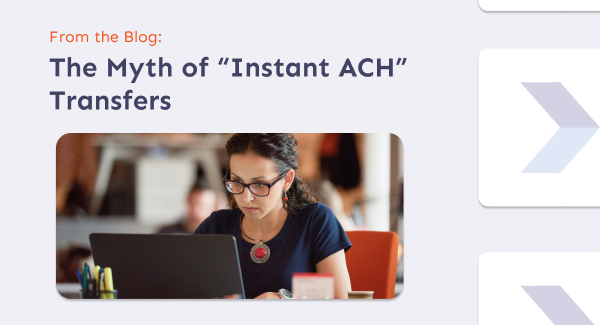A complete Guide to SBA Loans

Thinking of starting or expanding your small business? Get the flexible and affordable funding from Small Business Administration (SBA) that you might not qualify for otherwise.
What is an SBA Loan?
Created in 1953, the U.S Small Business Administration has been helping American entrepreneurs start, build and grow their small businesses by offering increased access to affordable funding. As an independent agency of the government, it doesn’t provide funds directly to small business owners but sets guidelines for financing made by its partnering lenders, community development organization, and micro-lending institutions.
You’re are eligible for an SBA Loan if you’re part of a U.S territory including the United States, Puerto Rico, Guam, and the U.S Virgin Islands. Whether you’re trying to scrape together money to purchase inventory, increase working capital or buy real estate, SBA’s extensive loan programs let you borrow money for a variety of purposes that can help you meet your small business’ unique financial needs.
Qualifications Requirements
Qualifying for an SBA loan is not an easy or simple process. But don’t get depressed as they come with some general minimum requirements that can help you understand if your small business has some possibilities to get this sought-after alternative funding option.
If your business fulfills the following minimum requirements, then you should seriously consider applying for SBA funding:
Location – Must be physically located and operate in the U.S
Business Type – Must be for-profit and in an eligible industry
Business History – Being in business for a minimum of roughly two years
Credibility – Must have a strong both your business and personal credit score.
Annual Revenue – $100,000+ in annual revenue for your business.
If you fulfill these above requirements, even though it’s not always sure that you will become eligible for getting an SBA loan. Depending on the lender, there are many different things that can affect your eligibility. So, it’s vital to discuss your requirements with your lender and determine what works best for your small business.
How to Apply for an SBA Loan
Applying for an SBA loan from traditional banks can be challenging and time-consuming endeavor as they have extensive loan applications and complicated loan-approval process. Moreover, if you’re applying for an SBA loan from a large or local bank, you may have to wait for a couple of months to process your loan application.
For the quickest, easiest and most streamlined SBA loan process, consider a reliable lending marketplace that can help you connect with top SBA lenders who can help you get money for your small business in about 30 days.
Documents you need before applying:
- Your personal identification
- Business certificate or license
- Business plan
- Balance sheet
- Profit and Loss statements
- 2 years of personal and business tax returns
- Loan application history
- Bank statement
- Voided business check
Why consider an SBA Loan?
Though SBA loans may take a longer time and require a lot of paperwork, it’s a great funding option for small business owners, especially in the light of favorable interest rates. There are multiple loan products you can qualify for, no matter what’s your small business’ financing needs. With an SBA loan, a business can get up to $5M with rates ranging from 4% to 10%. Besides that, this loan option offers you the longest payment terms that are ranging from 5 to 25 years.
Advantages of SBA loans every small business owner needs to know
- They usually have relaxed requirements as compared to traditional banks
- Down payments are generally lower than many other types of loans
- Both novice and established business can apply for SBA loans
- Payments terms are usually longer than traditional banks
- Access to capital is much higher than other types of loans
- You can use the funds for almost everything
Situations You Can Use an SBA Loan For:
- Purchasing a new business or expanding your existing business
- New construction or renovate an existing building
- Purchasing inventory, equipment machinery, furniture, fixtures, supplies or materials
- Long and short term working capital or debt consolation
- Purchasing commercial real estate, including land and building
How do SBA Loans Work?
Small business administration loans are specially designed for small businesses that need capital to accomplish their business goals. SBA loans can offer some benefits over other types of loans, but the process of qualifying for an SBA loan can be more intensive.
Most of the business owners have the misconception that the agency makes direct loans to small businesses. But it’s not true. It’s not the SBA but a network of partner banks and lenders nationwide through which loans are offered. The SBA guarantee that these loans will be repaid, thus less risk for lenders.
There are various online lending marketplace that can help business owners to successfully get SBA loans. They give you the confidence to let you understand the SBA loan process and help you easily and quickly apply for it.
SBA Loan Process: What’s involved?
If you’re applying for an SBA loan for the very first time, then the complicated and confusing SBA loan process can give you a migraine. Here’s an overview of the loan process and how you can get one.
Gathering Documentation and Applying For the Loan
Since there are a plethora of SBA loan providers, you’ll need to find a lender who is willing to work with your loan requirement. If you’ve been searching for a perfect SBA lender to meet your business’ unique financial needs, you can consider a lending marketplace. They have loan specialists to help you from beginning to end and navigate any bumps in the process.
You may have gone through a lot of paperwork while applying for an SBA loan which can take yours a month or more. At ForwardAI, we help you gather exactly what you need to get ready.
Underwriting, Approval, and Commitment
This is one of the most intimidating stages of the SBA loan process because the lender will do a detailed analysis and assessment of your personal and business financial history. To make your funding time as fast as possible, it is advised to be as open as possible with your lender. Transpiring and providing accurate information will help speed up this part of the SBA loan process.
If you successfully pass the underwriting stage, then you move to the loan commitment stage. At this stage, you would have fulfilled all the common eligibility requirements of the loan and lenders would have agreed to lend the money. Lenders will send you a commitment letter within a few weeks outlining the amount of loan, interest rate, any collateral provided, and other terms.
SBA Loan Closing
Finally, you will reach to loan closing stage. The lenders will make sure that all the information is correct and all the documents are signed. The lenders will also do research to verify if all the information you provided is true and whether you have taken multiple loans.
The SBA will relegate a file number to the loan and approve the administration guarantee. This process generally takes a couple of days. At last, the amount will be moved to your business bank account. You can utilize the loan quickly for your business needs.
Types of SBA Loans
Since there are several different kinds of SBA loans, choosing the one that best suits your business needs can be a bit complicated. How do you find the right loan for your specific situation? Before speaking with an advisor and applying for an SBA loan, it’s a great idea to familiarize yourself with your different options.
To help you choose the right SBA loan program, we’ve put a list of six of the most popular types of SBA loans.
SBA 7 (a) Loans
These loans are the most common type of funding option available through the Small Business Administration. The amount the small business owners can borrow is ranges from $30,000 to $5 million. It is one of the most flexible types of funding that startup and existing small businesses will use to cover a variety of business needs, including purchasing a commercial property, purchasing equipment, refinancing debt, expand an existing business, acquiring a new business, increasing working capital and paying various operational expenses.
To qualify for SBA 7(a) loans, business owners must have a good credit score and business history. In most cases, borrowers will have to put collateral in order to secure financing. These loans are in demand due to their long repayment terms and competitive interest rates, making SBA 7(a) loans one of the most affordable working capital solutions.
SBA 7(a) loans at a Glance
Loan Amount – From $30,000 to $5 million
Interest Rate –Anywhere between 5 to 10 percent
Repayment Terms – 10 years for most loans and 25 years for real estate loans
Minimum Requirements: more than 650 credit score
-
10% to 20% down payment
-
Some Collateral
-
No recent bankruptcies, foreclosures, or tax liens
Repayment Cycle – Monthly
Time to Funding – One to three months or more
Fees
-
1.7% guarantee fee for loans up to $150k
-
2.7% for loan greater than $150k
CDC/SBA 504 Loans
Planning to buy, or build, owner-occupied commercial real estate? Choosing an SBA 504 loan could be the perfect option for you in this situation.
Created for small businesses looking to purchase or improve real estate/commercial property and construct, convert or renovate the existing commercial property, CDC/504 loans are provided by two different lenders. 50% of the funding is provided by a bank or traditional lenders and 40% of the funding is provided by a Community Development Corporation (CDC). The remaining 10% of the loan amount comes from the borrower, typically in the form of a cash down payment.
If you’re applying for CDC/504 loans, your business must occupy at least 51% of the commercial space. Though you can use this loan for a variety of purposes including purchase building, purchasing land, building new and renovating old facilities, buying machinery and refinancing debt, there are some restrictions too. You cannot use these funds to buy inventory, consolidate debt, or as working capital.
To qualify for funding, businesses must meet the SBA’s basic eligibility requirements, such as operate as a for-profit company, do business in the U.S territories, and an ability to repay the loan. If approved, small businesses can qualify for up to $5 million in financing with a low rate of interest.
CDC/504 loans at a Glance
Loan Amount – generally crapped at $5 million, however, certain eligible projects may qualify for more than 504 loans up to $5.5 million each.
Interest Rate – 3.67% to 3.98%
Repayment Terms – 10, 20, or 25 years
Minimum Requirements – more than 650 credit score
-
10% down payment
-
Meet job creation or public policy goals
-
Real estate must be at least 51% owner-occupied
Time to Funding – At least 30 to 90 days
Fees – Approximately 3% of the 504 portions of the loan, and may be financed with the loan.
SBA Microloans
SBA microloan program is a great choice for small business owners who are looking for a smaller amount to start or expand their businesses. This includes certain not-for-profit childcare centres and perhaps some technical assistance. These loans can also be used for working capital and the purchase of furniture, equipment, machinery, and supplies. However, microloans can’t be used for paying debts or buying real estate.
The SBA doesn’t guarantee microloans any portion of the loan. While microloans administrated by specifically designated alternative lenders, the funds are actually provided by the SBA. A business can borrow a maximum principal of $50,000 with a term of six years. Interest rates are generally observed between 8% to 13%, and the average loan amount is roughly $13,000
SBA Microloans at a Glance
Loan Amount – up to $50,000
Interest Rate – 8% to 13%
Repayment Term – up to 6 years
Minimum Requirements – 640 credit score
-
10% down payment
-
Have a sign a personal guarantee
-
May have to put collateral to secure financing
Repayment Cycle – Monthly
Time to Funding – At least 30 to 90 days
Fees – None
SBA CAPLines
These loans offer working capital loans to small businesses that need to solve short cash flow problems or meet seasonal financing obligations. Funding of up to $5 million, business owners can borrow with a maximum repayment cycle of 10 years.
Under the SBA CAPLine program, there are four different lines of credit available, including Seasonal CAPLine, Contract CAPLine, Builder’s CAPLine and Working CAPLine.
SBA CAPLines at a Glance
Loan Amount – up to $5 million
Interest Rate – 7.50% to 10%
Repayment Term – up to 10 years (Up to 5 years for builder CAPLines)
Minimum Requirements – Same as with SBA 7(a) loans plus:
-
Seasonal CAPLine – At least 1 year of operation
-
Working Capital CAPLine -Must have inventory or generate accounts receivable
-
Contract CAPLine – Demonstrated experience, profitability, and ability to perform the work and complete the contract
-
Builder CAPLine – Be contractors focused on construction with demonstrated experience, profitability and ability to complete the project.
Time to Funding – At least 30 to 90 days
Fees – A one-time guarantee fee between 2% and 3.75%
SBA Export Loans
Especially crafted to help American small businesses grow their export activities in foreign and engage in international transactions. Through the SBA export loan program, small businesses can receive a loan amount of up to $5 million to cover purchase orders from foreign parties.
These loans require a 20% guarantee from owners but only one year in business. If approved, small business owners can use the funds to meet their various unique financial needs such as purchase inventory and supplies, production of export goods, cover foreign account receivable, and as working capital during long repayment periods.
SBA Export Loans at a Glance
Loan Amount – up to $5 million
Interest Rate – 6% to 11.75%
Repayment Term – from 3 to 25 years
Minimum Requirements – 680 credit score
-
Business must involve in foreign export
-
Business must be one year old
Repayment Cycle – One month
Time to Funding – At least 30 to 90 days
Fees – A one-time guarantee fee between 2% and 3.75%
SBA Disaster Loans
These low-interest loans are provided to businesses of all sizes and types that have suffered from any physical or economic disaster. There are mainly three types of disaster loans such as Economic Injury Disaster, Business Physical Disaster, and Military Reservists Economic Injury. You can use different or multiple loans at the same time to meet your business needs.
A business suffering from any of the above disasters may be entitled to up to $2 million. Businesses can use the amount to repair or replace damaged or destroyed items, including real estate, business assets, machinery, equipment, inventory or personal property.
SBA Disaster Loans at a Glance
Loan Amount – up to $2 million
Interest Rate – 4% to 8%
Repayment Terms – Up to 30 years
Minimum Requirements – 660 credit score
-
Business must be located in an SBA declared disaster area
-
Business must have suffered physical or economic damage from a disaster
Repayment Cycle – One month
Time to Funding – At least 30 to 90 days
An SBA loan through Forwardly can help you take control of your finances. Get prequalified financing options from SME lenders in a simple and quick process that takes less than 2 minutes. Any business operating in the USA and Canada may qualify. No credit check and no fee is charged to provide funding quotes.
| Want to get better loans for your business? Forwardly helps you showcase your business potential in seconds, so you can get more cash and pay less interest. Sign up now for free. |
Image: GraphicStock.


